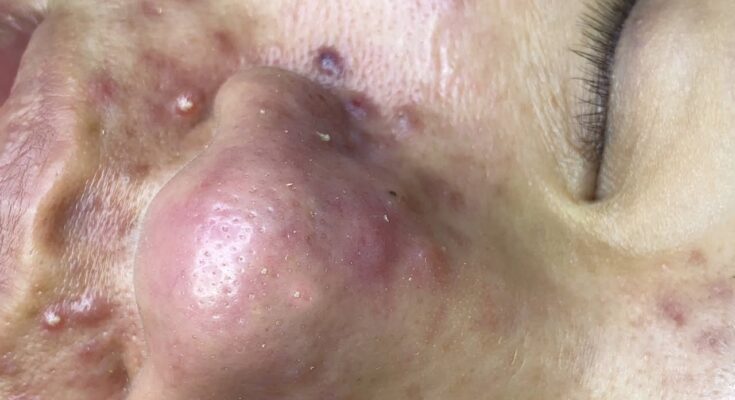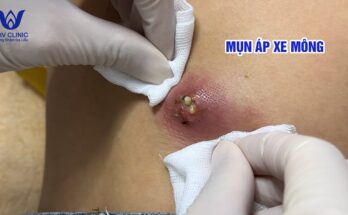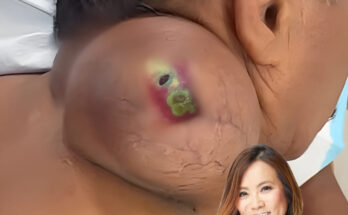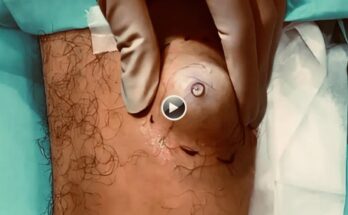Scroll Down to watch👇👇
Pimple Blackheads: Unmasking the Culprits of Skin Woes
Introduction
Pimple blackheads—those tiny, stubborn dots that seem to defy all skincare efforts—are a common annoyance for many. Whether they camp out on our noses, chins, or backs, blackheads can be perplexing. Let’s delve into their origins, appearance, and strategies for dealing with these pesky skin intruders.
Blackheads are a type of acne (acne vulgaris). Unlike their fiery cousins—the inflamed red pimples—blackheads appear as open bumps on the skin. Picture tiny dark specks dotting your T-zone or scattered across your back. But what causes them?
The Culprit: Clogged Pores
Blackheads emerge when hair follicles become clogged with excess oil (sebum) and dead skin cells. These clogs create a cozy environment for bacteria, leading to the formation of—you guessed it—blackheads. But why do they look black?
The Oxidation Effect
Contrary to popular belief, blackheads aren’t filled with dirt. Instead, an irregular reflection of light off the clogged follicle gives them their dark hue. When the material inside the pore is exposed to air, it oxidizes, turning the blackhead black. So, it’s not dirt—it’s science!
Treatment Strategies
Gentle Cleansing: Regularly cleanse your skin with a mild, non-comedogenic cleanser. This helps remove excess oil and dead skin cells, preventing blackheads from settling in.
Exfoliation: Exfoliating 2-3 times a week with products containing salicylic acid or alpha hydroxy acids (AHAs) helps keep pores clear and reduces blackhead formation.
Topical Treatments: Look for products with ingredients like benzoyl peroxide or retinoids. These help unclog pores and regulate oil production.
Professional Extraction: For stubborn blackheads, consider professional extraction by a dermatologist. They’ll ensure complete removal without damaging your skin.



